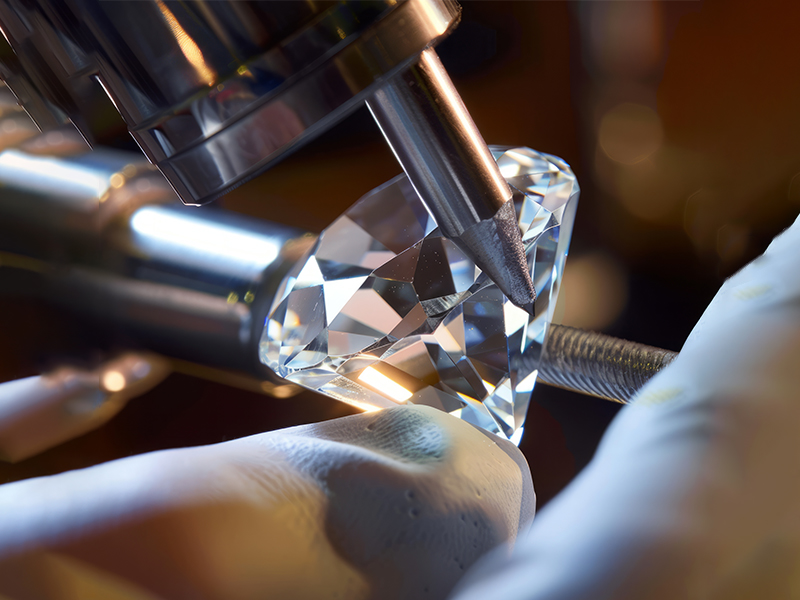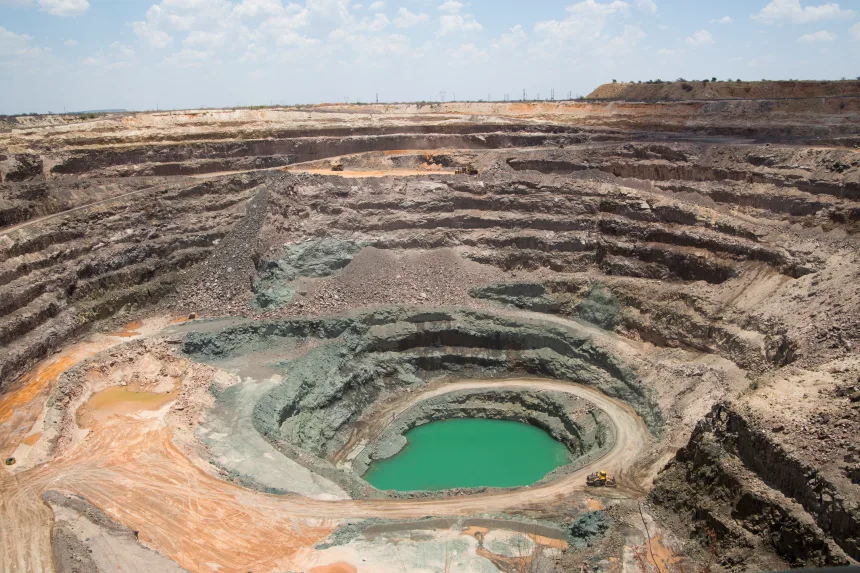What are Lab Created Diamonds?
Lab-grown diamonds, also known as man-made or synthetic diamonds, are created in a controlled laboratory environment. This process eliminates the environmental and ethical concerns associated with traditional diamond mining. Lab-created diamonds are formed in the same manner as their natural counterparts; carbon atoms are subjected to intense heat and pressure, resulting in the formation of a crystalline lattice structure. Once fully formed, these diamonds are cut and polished to exhibit maximum brilliance, making them ideal for engagement rings, wedding rings, and other special occasion jewelry. Like natural diamonds, lab-grown diamonds are available in various color and clarity grades.
There is considerable debate regarding lab-grown versus natural diamonds. Some individuals believe that natural diamonds, extracted from the earth, are superior due to their rarity and ancient formation process that began billions of years ago. On the other hand, advocates for lab-grown diamonds argue that they are equally as good, if not better, because they are ethically sourced and free from conflict. The truth is, lab-grown diamonds are increasingly popular, offering ethical luxury that endures.
One major difference between lab-grown and natural diamonds is the time required for their creation. Scientists can produce lab-grown diamonds in a fraction of the time it takes for natural diamonds to form. Modern technology allows lab-grown diamonds to develop in just two months, an impressive feat that also promotes sustainability.










